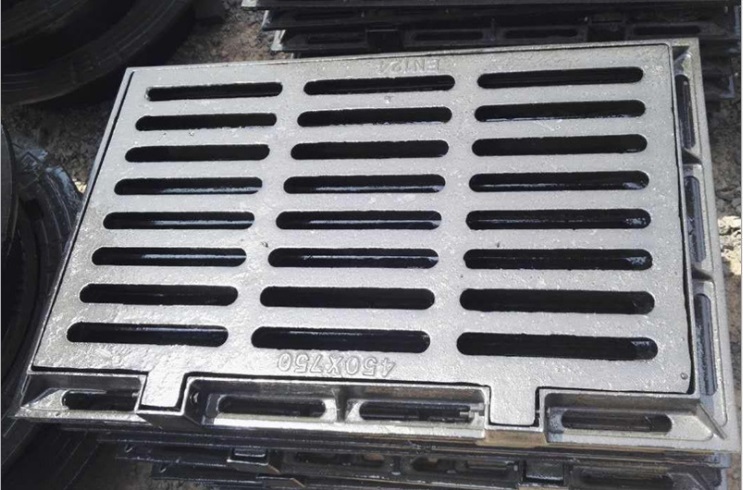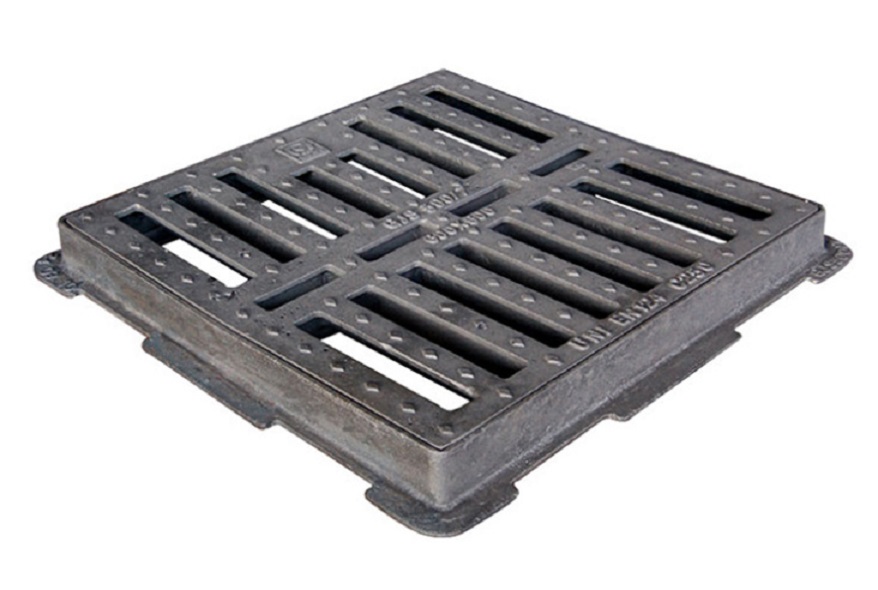The draft "Environmental Conditions for the Solar Photovoltaic Industry," prepared by the Ministry of Industry and Information Technology, has been finalized, with two recent discussion meetings held to review its content. The access conditions clearly outline requirements such as production scale, R&D capabilities, and conversion efficiency, covering key areas like silicon rods, wafers, solar cells, crystalline silicon modules, and thin-film solar panels.
Experts participating in the discussions noted that these access conditions are among the six major supportive policies expected to be introduced following the State Council's decision to boost the photovoltaic industry. They believe the standards align with the goal of phasing out outdated production capacities.
However, opinions on the draft vary widely. One view suggests that while having standards is positive, a one-size-fits-all approach could be problematic. Another opinion argues that setting access conditions shouldn't exclude companies entirely but should allow for healthy market competition. A third perspective claims that the current standards are too low, and if implemented, they may fail to curb the existing overcapacity issue.
It is reported that the draft requires crystalline silicon enterprises to have a minimum capacity of 200MW in any one of the production stages—wafers, cells, or modules. Industry insiders argue that 200MW is still too low, suggesting it should be at least 500MW or even 1,000MW. Some large companies continue to engage in low-cost competition, using their production capacity to generate cash flow. Those without profitability but with high capacity should not be allowed to flood the market, as this could protect inefficient firms.
Zhao Yonghong, secretary general of the Zhejiang Province Photovoltaic Industry Technology Innovation Strategy Alliance, believes the 200MW threshold is somewhat high. He warns that reducing it to 100MW might allow more small enterprises to survive, whereas increasing it to 1,000MW could severely impact Zhejiang’s industry.
A senior executive from a Zhejiang-based PV company states that raising the standard to 1,000MW would leave very few companies compliant. He argues that simply increasing capacity thresholds doesn’t ensure quality or innovation. Instead, the focus should be on product performance, cost-effectiveness, and long-term sustainability, rather than imposing rigid, uniform standards.
In addition, the draft sets a photoelectric conversion efficiency requirement: polycrystalline silicon modules must exceed 14%, and monocrystalline modules above 15%. However, current industry averages already surpass these levels, with polycrystalline components at over 15% and monocrystalline ones above 16%. Thus, the set standards appear slightly lower than the current industry norm.
Participants in the discussion generally agree that given the industry’s overcapacity, raising the bar is necessary. “The threshold should naturally be higher,†they said.
While overcapacity is a real challenge, it's important to distinguish between excess capacity and poor business performance. Many small and medium-sized enterprises in Zhejiang, which is second only to Jiangsu in PV manufacturing, are struggling. As of August 2011, over 200 PV companies were operating in the province.
Li Xinfu, founder of a mid-sized PV enterprise, highlights that despite his company's smaller size, it remains profitable by focusing on emerging markets. Unlike many others stuck in the European market, his firm has expanded to over 30 countries. He stresses that strict capacity-based standards could harm profitable but smaller companies.
A senior executive from a Zhejiang-based listed PV company emphasizes that the current market is chaotic due to a lack of clear standards, leading to overcapacity, uneven quality, and cutthroat competition. While he supports the idea of good standards, he hopes they will guide the industry toward differentiated, sustainable development, rather than just eliminating small enterprises.
“China needs to eliminate excess capacity, not enterprises,†he concluded. “Standards should help the industry move away from low-price, homogenous competition and encourage innovation and uniqueness.â€
Ductile gratings are made of ductile; we make cast iron gratings on BS EN124, Mainly our products are A15, B125, C250 and D400, They are used in Green belt, Pavement, Auxiliary road, Main road and Express way. We make ductile gratings all by producing line, the quality cast iron gratings is very good, and we warmly welcome customers all over the world to do business with us.


Gratings, Ductile Gratings, Ductile iron gratings, cast iron gratings
Runchun Casting (Zhoushan) Co., Ltd. , https://www.en124casting.com
![<?echo $_SERVER['SERVER_NAME'];?>](/template/twentyseventeen/skin/images/header.jpg)